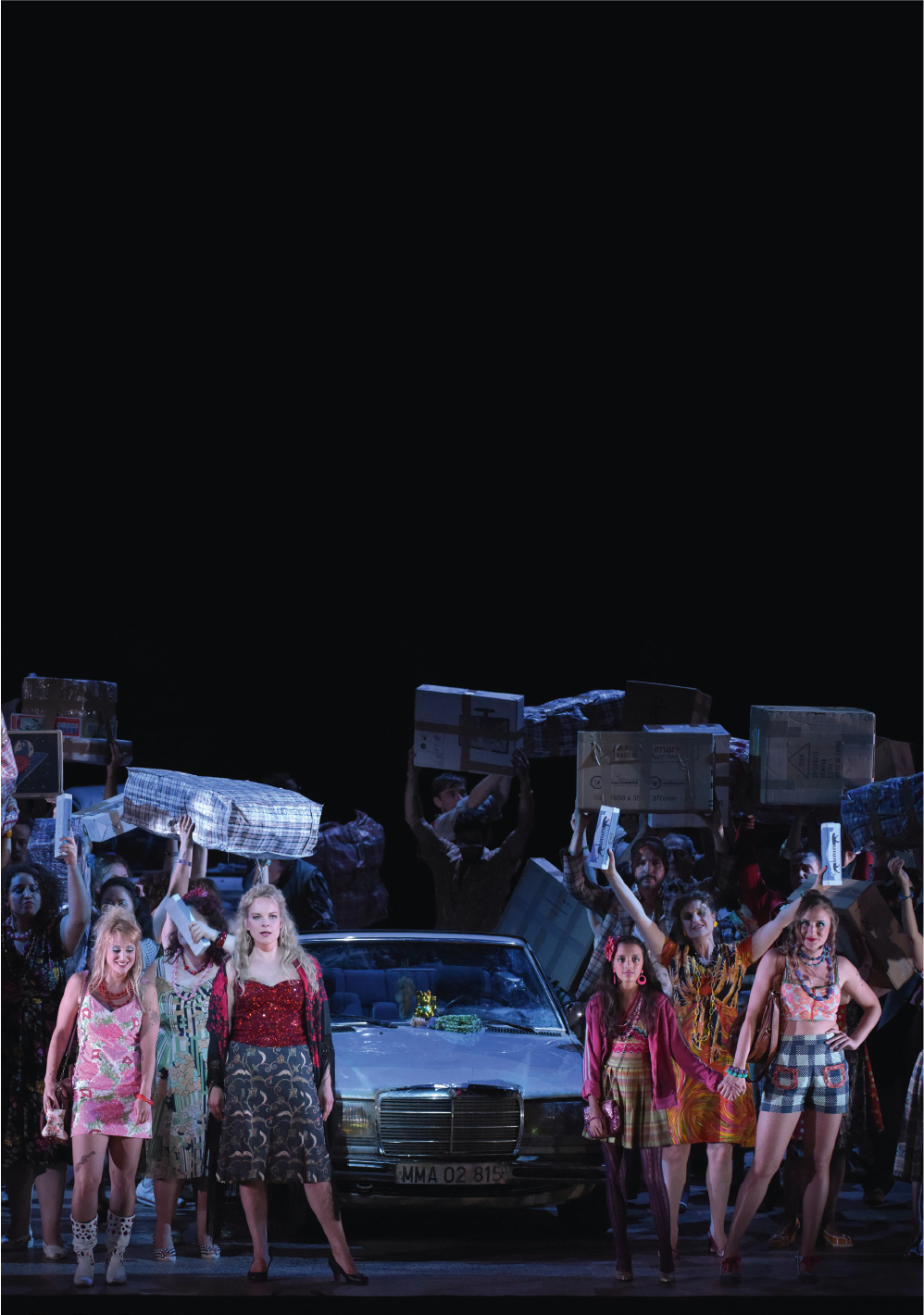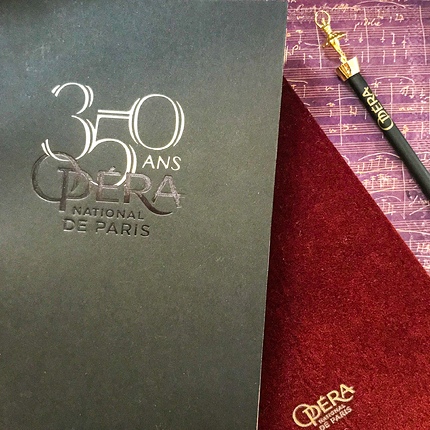It is in
the relationship between music and words that the theatre of debussy is played
out. Furthermore, he went in search of texts that could give expression to the
sound universe he carried within him. Seen through the prism of his works, the
portrait of a composer who, in his operatic writing, reinvented music.
“Music is a dream from which the veils have been drawn aside! It is not even the expression of feeling, it is feeling itself! And it is expected to serve the narration of lowly anecdotes! When the newspapers acquit themselves so marvellously of this task1 .”
Here, Debussy was sniping at La Vie du poète , Gustave Charpentier’s symphonic drama, which he had heard at the Paris Opera in February 1892 and of which he claimed: “It reeks of pipe smoke, and it is as if there are hairs on the music”. Eight years later, on the subject of Louise he was to comment with irony: “It seems to me that this work had to be created, performed and acclaimed. It satisfies only too well the need for low beauty and imbecilic art to which so many people lay claim2 .”
One might conclude from this that, according to Debussy, theatre should be all idealism, completely detached from prosaic reality. In that case, the libretto of Rodrigue et Chimène , the composition of which he left hanging in 1893, would have suited him better than that of Pelléas et Mélisande , for Catulle Mendès's verse is as far from popular speech as Maeterlink’s prose is nurtured by familiar expressions. Debussy himself was later to shed light on this seeming paradox: “The drama of “Pelléas”, which in spite of its dreamlike atmosphere contains much more humanity than these so-called documents on life , seemed to me admirably suited to what I wanted to do. There is an evocative language in it whose sensitivity could be prolonged in the music and the orchestral décor3 .”
It is, therefore, essentially the intimate relationship between words and music that preoccupied Debussy because he was looking for language that could allow the germination of the sound universe he carried within him: “Music is written for the inexpressible; I would like it to appear to emerge from the shadows and, at moments, to return to them, to be always someone discreet4 ”, he declared in 1889. The libretto of Rodrigue et Chimène , which he was almost forced to accept shortly afterwards, could not possibly have suited him: “ This is so opposed to everything I dream of; this conventional subject requires music that is not mine” and of which he confessed: “I am afraid of having triumphed over myself”5 , that is to say, of eloquent effects having been torn from him, but in which he did not recognise himself.
It was not the first time however. Already, in 1883, when composing the cantatas set for the Prix de Rome, which he conceived as operatic scenes, he had created sombre and heroic accents for The Gladiator , to be followed in 1884 by the biblical exoticism of The Prodigal Son . He was not content merely to pastiche Gounod and Massenet: his own personality was there, even if it is not that which we now associate with Debussy. It remained for him to refine it and to find himself by determining, in his usual way, what he was not. Under the influence of his discovery of Wagner first of all, then, when Wagnerism became the fashion in Paris, by encountering other music.
Of performances in Bayreuth in 1888 and 1889, when he heard “Tristan”, Parsifal” and “Mastersingers”, he retained the primordial importance of text and the suggestive function of the orchestra: “Nothing must slow down the unfolding of the drama: any musical development, however little prolonged, is incapable of matching the mobility of words. […] The themes of a symphony are also the reflection of the action. But the music does not disrupt the action: music is not the essence of drama, a constant equilibrium is created between musical necessity and thematic evocation. These intervene only as much as is needed to give the orchestra the colour that suits its decorative function6 .”
Etienne Dupuis (Pelléas) et Elena Tsallagova (Mélisande), Opéra Bastille, 2017 © Charles Duprat / OnP
We will never know what the orchestra for Rodrigue et Chimène would have resembled since Debussy left only an unfinished score for piano and voices, but the lively declamatory style, highly melodic without being conventional, never obstructs the drama. However, apart from a few of Don Diego’s phrases, which could be sung by Golaud or Arkel, the vocal writing is very different from that of “Pélleas”, and not only because of the libretto, since the first duet between the lovers, leaves the composer complete freedom.
Between his abandoning “Rodrigue” and taking up “Pelléas” came the shock of Italian polyphony. As early as 1885 in Rome, Debussy discovered the richness of its counterpoint: “Underlining the sentiment behind the words with unprecedented depth, melodic spirals create the effect of the illuminations of ancient missals7 .” But his interest in it was as yet merely archaeological. In 1892, when he heard the choir of Saint-Gervais perform Palestrina and Vittoria, he drew more precise lessons from it: “It is marvellously beautiful; this music, which, however, is very severe in style, appears quite colourless and the emotion is not translated (as it has been since) by cries, but by melodic arabesques; this has the value, in some way, by the shape and by these interwoven arabesques, of producing that seemingly unique phenomenon: melodic harmonies8 .”
Music that is “quite colourless” in which emotion is translated not by ruptures but by curves, in which harmony results from melodic movement, is this not what characterises Pelléas and Mélisande ? For the harmonies are much less original than the continuity of line, whose apparent naturalness is the result of a melodic consciousness. As for the vocal line, which has been considered as a simple imitation of natural prosody, one cannot over-emphasise the richness of its melodic inventiveness. A few examples: “Did you run away a long time ago?”, “Could you choose between the father and the friend?” “I come from beside the sea”, “Will you sit down on the edge of this marble pool?” etc. As the work progresses, each scene is increasingly illuminated by these lyrical flights of melody in which music and expression are joined without constraint as Debussy was later to underline: “I wanted the music to have that freedom that it contains perhaps more than any other art, not being limited to a more or less exact reproduction of nature, but to the mysterious correspondences between Nature and Imagination9 .”
This is a far cry from any supposedly negative aesthetic, rejecting the constitutive ingredients of opera. Debussy is merely part of the same evolutionary process that we observe in the work of Wagner and Verdi’s last opera: the abandon of discrete forms, regular couplets and syllabic declamation excluding vocal virtuosity; no repetition of either words or phrases, apart from Maeterlinck’s numerous reiterations. There is an often-quoted passage from a letter to his friend Ernest Chausson concerning the duet in Act IV: “I used, quite spontaneously by the way, a means that seems to me quite rare, that is to say, silence (don’t laugh) as an agent of expression and perhaps the only way of bringing out the emotion of a phrase, for although Wagner has used it, it was only in a purely dramatic way10 .” Now, in its definitive form, this scene seems to present only dramatic ruptures (“it is because … I love you”; “What is that noise?...” “right in the back of my throat…”). Something else, therefore, is at work here. The silence imagined by Debussy is not unaccompanied singing either, the legacy of recitativo secco , of which we find endless examples in French opera or Italian melodrama, but a silence produced by discontinuity in the orchestra, like holes in the fabric of the sound. The orchestra does not punctuate: it effaces itself and reappears, in contrast to the omnipresence of the Wagnerian symphony.
Not only is “Pelléas” not an anti-opera: it re-appropriates operatic conventions. It is difficult not to consider Arkel’s first monologue (“This may seem strange to you”) as an aria that begins in the minor and ends in the major, with its progression towards an initial climax (“war”) before reaching its culmination (“destiny”): the orchestration is fleshed out little by little with the return of the initial motif amid the full sound of trombones and tuba over a drum roll on the timpani: “Perhaps nothing ever happens without some purpose”. It was Debussy himself who chose to highlight the final phrase, one that, in the longest tirade in the entire piece, seems, on the contrary, to be the expression of a final doubt, a disillusioned closing flourish. One might even half expect a burst of applause during the three orchestral bars.
The reading of the letter and Mélisande’s song have been performed on their own satisfactorily. Finally, in act IV, scene 3, Golaud sings a genuine aria with such fury that Arkel delays interrupting him. Nobody would tax Debussy with being backward-looking for having Pelléas and Mélisande sing four notes in unison at the end of the last duet, but neither did he forbid himself such a thing.
Anymore than he denied
himself the voice of the trombone, the instrument of the divinities since
Monteverdi, to underline “If I were God, I would have pity on the hearts of
men”. Imitation holds no fear for him: the falling of the ring into the
fountain is accompanied, quite naturally, by a descending glissando on the harp
which, shortly afterwards, plays the twelve chimes of midday, without omitting
a single one; the sound of the doors closing, in act IV, is carefully rendered,
as was the bleating of sheep in the preceding scene.
La Chute de la maison Usher, Amphithéâtre Bastille, 2012 © Elisa Haberer / OnP
But if Debussy shadows the text, he sometimes contradicts it spectacularly: thus a pizzicato major triad punctuates “and sobs so wretchedly that one is frightened”; also in the major and sung with an almost worldly grace, Mélisande’s remark, “It is dark in the gardens”. The music accompanying Pelléas and Mélisande’s first duet as they watch the boat sail away (act I, scene 3), swells and fills with passionate tension, with the addition of a chorus of sailors, whilst nothing indicates such a thing in the dialogue, even less so in the play. One might suppose that Debussy wanted to bind the lovers together at their initial encounter, in excess of what they say.
This is what in the theatre is known as playing the subtext. In opera, ever since Oreste’s remorse in Gluck’s Iphigénie en Tauride at least, the orchestra suggests what is not said. The recurring motifs of romantic opera and then Wagnerian leitmotif have become more and more explicit. If there are recurring motifs in Pelléas et Mélisande , they practically never serve as a signal: they slide and act by affinity with the situation: the listener can barely memorise them. Two of them only, associated with Golaud and Mélisande, are omnipresent, undergoing a multitude of transformations like the two main themes nourishing a vast symphony. And that is not the least of paradoxes in this intangible work.
According to Victor Segalen, as early as 1890, Debussy was considering The Fall of the House of Usher before discovering “Pelléas which seems to belong to the same line of thought. Immediately after its first performance, he quite naturally turned back to the tales of Edgar Allen Poe. If, however, he chose The Devil in the Belfry , it was because of its resolutely different character: “ There is matter to produce something in which reality would combine with fantasy in happy proportions”, he wrote to André Messager on 9th June 1902, adding, in September, “I have more or less found the musical colour I wish to employ”. In 1906, in Dieppe, he tried to work on this “musical tale in two acts and three tableaux” at the same time as Ibéria. From what little remains, we can identity a number of clues.
In 1908, when the Orphée-Roi project with Victor Segalen resurfaced, Debussy returned to The Fall of the House of Usher. He did some more work on it, taking it up several times, and the completed fragments allow us to appreciate its originality and newness. But the subject echoed perhaps too strongly with his private life, as he admitted to his editor: “There are moments when I lose the precise sense of things around me; and if Roderick Usher’s sister walked into my house, I would not be much surprised […], the outside world hardly exists for me anymore.”
Debussy’s theatrical career
came to an end in 1911, with an atypical work: stage music for the “mystery” by
Gabriele d’Annunzio, Le Martyre de Saint
Sébastien , written in the space of a few months. André Caplet, who
orchestrated it, was privy to the following: “I have had very little time to
write a lot of music, you should not for a moment dream of choosing”. The
opposite, then, of the genesis of “Pelléas”. Whence the pages of a dramatic
quality unexpected on the part of Debussy, with tremolos everywhere to
guarantee emotion, a final apotheosis in the style of Renaissance polyphony and
passages of an simplicity bordering on indigence, but which only a composer of
his breadth could attempt. In short, and this is the essential thing, Le Martyre de Saint Sébastien turns its
back on the Debussyism of “Pelléas” and, by doing so, heralds the three last
sonatas.








































































